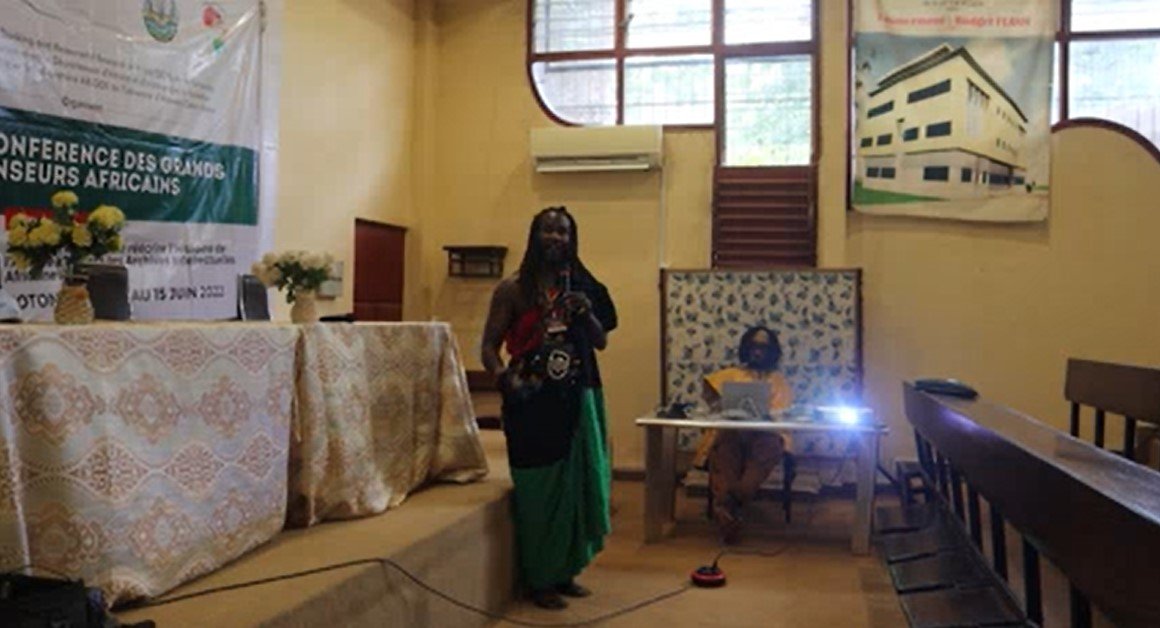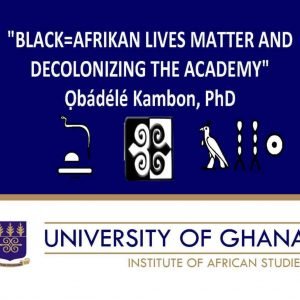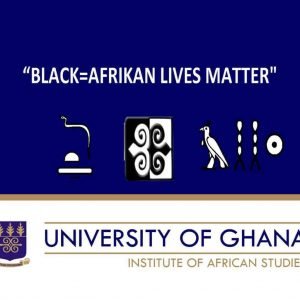$20.00
Description
There has been a concerted effort by many non-Black Egyptologists (and their anti-Black collaborators) to misinform, disinform, and anti-inform the world at large – and Kmt(yw) ‘Black people’ – specifically by replacing the indigenous term Kmt ‘The Black Nation/Land of the Blacks’ (rendered conventionally as Kemet) with the relatively meaningless “Ancient Egypt” and the semantically meaningful term Kmt(yw) ‘Black people’ with the semantically vacuous “Ancient Egyptians.” This disinformation campaign obfuscates matters and renders virtually every aspect of Kmt ‘The Black Nation/Land of the Blacks’ and the Kmt(yw) ‘Black people’ meaningless and unintelligible. This is because, in the past as is the case now on both the individual level and the collective level, our name is our constitution. As Black people, our names delineate, describe, define, and direct.[1]
In this book, I take the view that the term Kmt ‘The Black Nation/Land of the Blacks’ can be used 1) to delineate the nation/state now commonly referred to as “Ancient Egypt” or, on the basis of its semantics, to refer to the land of the Blacks, which is the much more encompassing view that I argue is more consistent with how our Ancestors of classical times envisioned the term, itself providing an explanation for why each ruler sought to incorporate progressively more Black people as well as land of Black people to the south.
So-called “Pan-Afrikanism” is often regarded as a modern phenomenon and a direct response and/or reaction to enslavement and colonization. Black(ness), as an identity encompassing genotype, phenotype, allegiance, individual and collective behavior (culture), and politics, is also similarly seen as a modern-day phenomenon and a response to “whiteness” as developed subsequent to Bacon’s rebellion and/or as a result of the rise of capitalism and subsequent justifications for enslavement.[2] However, authentic Black Pan-Afrikanism can be understood as the development of power by and for Kmt(yw) ‘Black people’ and in the interest of self-preservation and the survival of Kmt(yw) ‘Black people’. In both classical times and modern times, one means to these ends has manifested itself in the unification of Kmt(yw) ‘Black people’ and Kmt ‘The Black Nation/Land of the Blacks’. As such, we argue that the concept, theory, and practice of the unification of Kmt(yw) ‘Black people’ along political, economic, military, and other lines is a demonstrably ancient imperative of Kmt(yw) ‘Black people’. Through this lens, we further argue that instances of original authentic Black Pan-Afrikanism in practice can be observed in all of our ancient and contemporary nations, which unified various smaller territories and the Kmt(yw) ‘Black people’ therein into progressively larger states and nations.[3] Most notably, this imperative can be seen in Classical Kmt ‘The Black Nation/Land of the Blacks’ which, through smз tзwy ‘unification of the two lands,’ unified šmˁw ‘Upper Kmt’ and Tз-mḥw ‘Lower Kmt’ and the Kmt(yw) ‘Black People’ located therein geo-politically, militarily, economically, spiritually, and socially.
This volume presents primary source texts from Kmt ‘The Black Nation/Land of the Blacks’ that demonstrate the reality of this phenomenon. Secondarily, I present evaluative criteria by which each text can be examined. These texts exude a clear consciousness of Kmt(yw) ‘Black People’s’ self-identification as Black as well as a clear and consistent opposition to incursion into Kmt ‘The Black Nation/Land of the Blacks’ by non-Black aAmw ‘eurasians’ both in the interest of the survival of Kmt(yw) ‘Black People’. This consciousness is analyzed in analogy with anti-predator adaptation theory in terms of convergent (social) evolution whereby people and creatures who intend on surviving come together on the basis of what they have in common fundamentally—common ancestry and descent—often readily distinguishable through distinct phenotypes.
[1] Ọbádélé Kambon and Roland Mireku Yeboah, “What Afrikan Names May (or May Not) Tell Us About the State of Pan-Afrikanism,” Journal of Black Studies 50, no. 6 (2019).
[2] Terrance MacMullan, Habits of Whiteness: A Pragmatist Reconstruction (Bloomington, IN: Indiana University Press, 2009).
[3]See Nathan Goldberg, “Ture Exhorts Audience to Organize to Effect Social Change,” UB Reporter 26 (1995), http://www.buffalo.edu/ubreporter/archive/vol26/vol26n16/6.txt. A central point of Ture’s lecture was that Africa would be the first continent to unify under one socialist government betraying a Marxism-influenced degree of ideological confusion. This unification, he maintained, “would already exist today had Africa’s natural evolutionary process toward unity not been interrupted by European colonialism and the slave trade.” In this book, however, we are arguing that models of Pan-Afrikanism in practice existed in classical times in Kmt ‘The Black Nation/Land of the Blacks’ rather than it was on the verge of being implemented at the dawn of eurasian imperial onslaught against Afrika and the consequent periods and practices of colonialism and enslavement of Afrikan societies and people. For our purposes, ancient/classical can be understood on the scale of thousands of years ago, while modern can be understood on the scale of hundreds of years ago up to contemporary times.






Leave a Reply